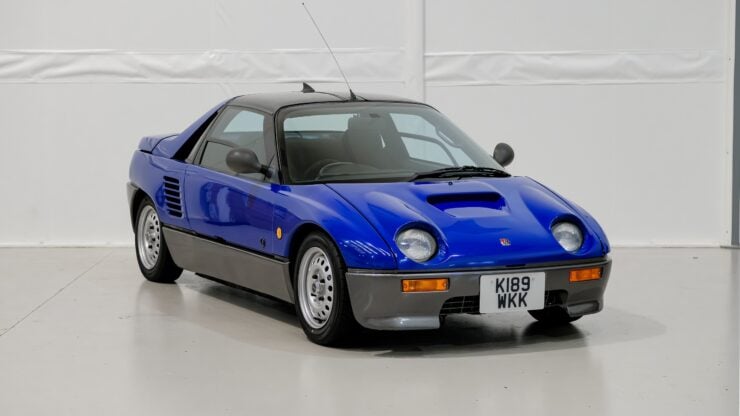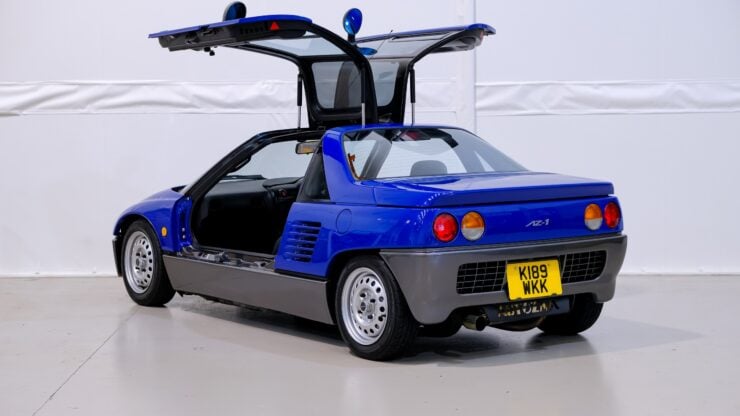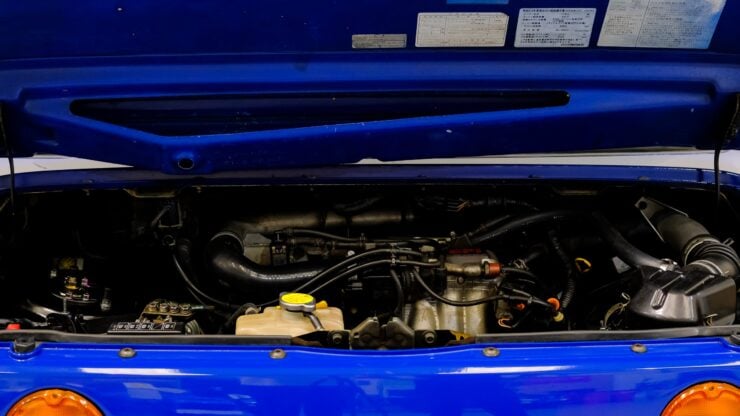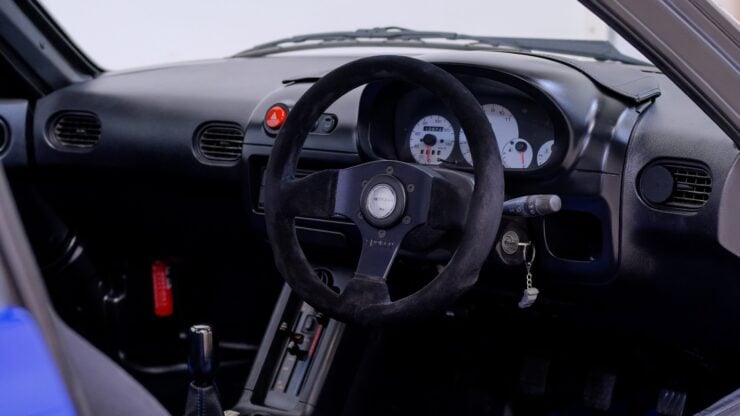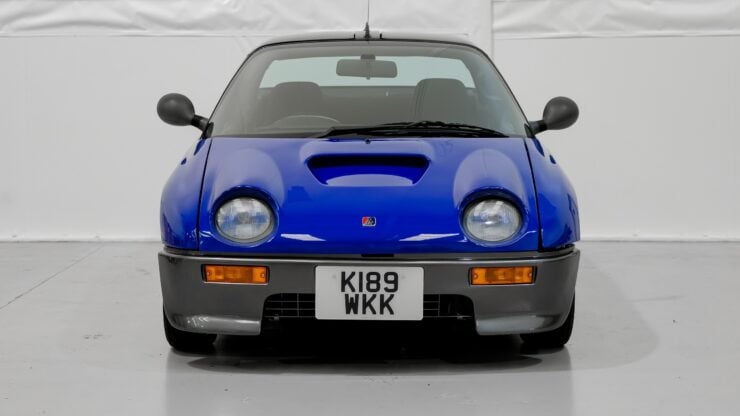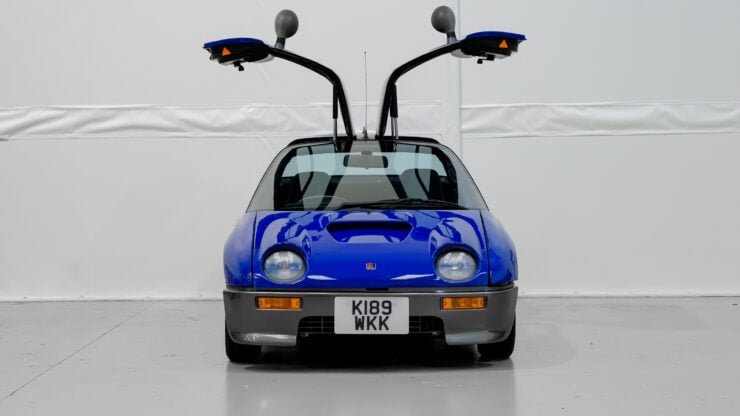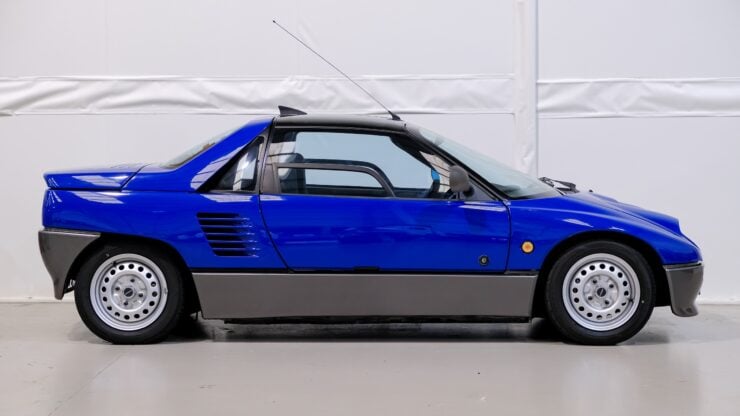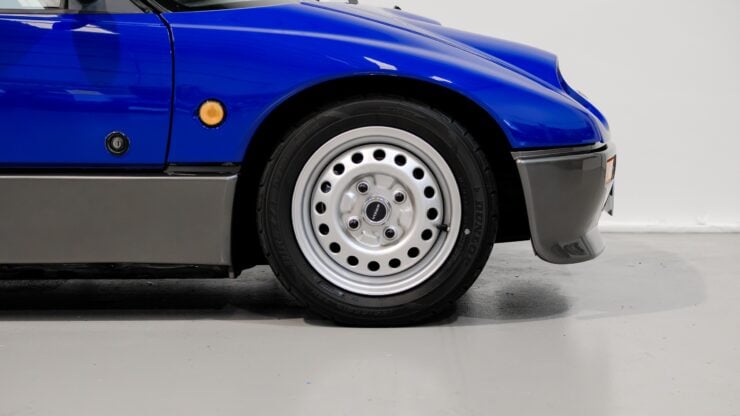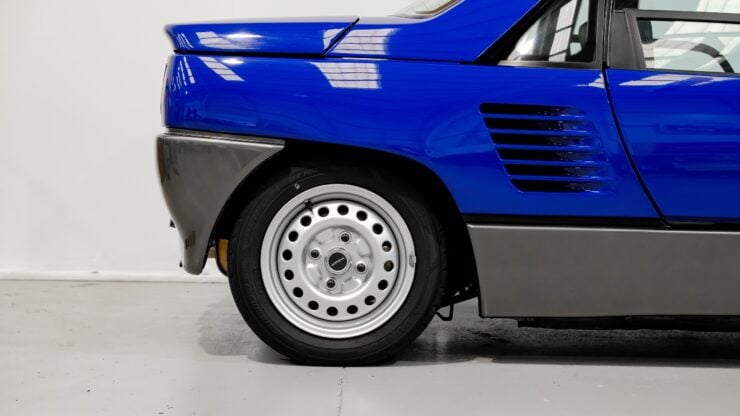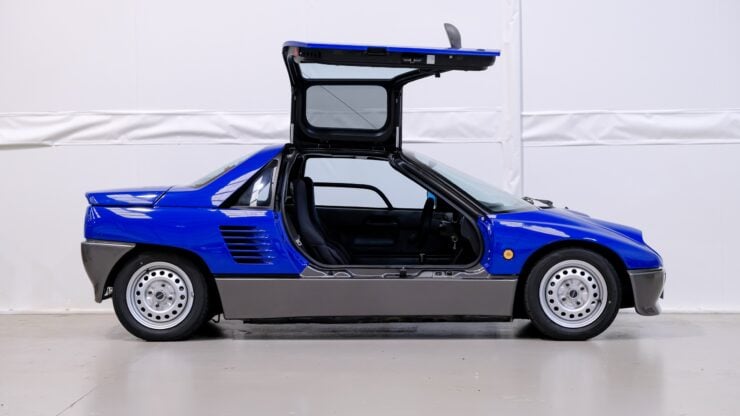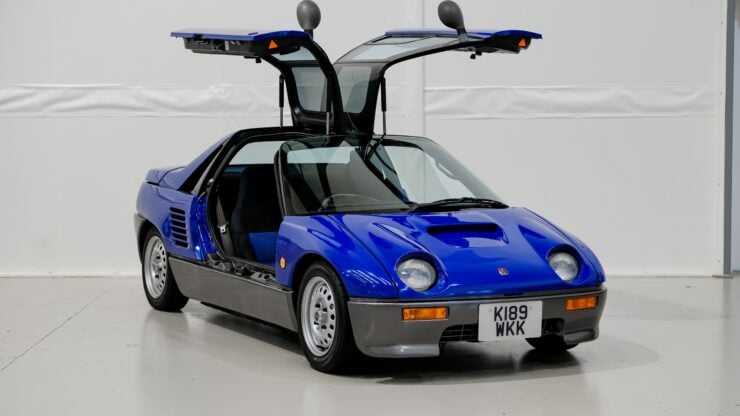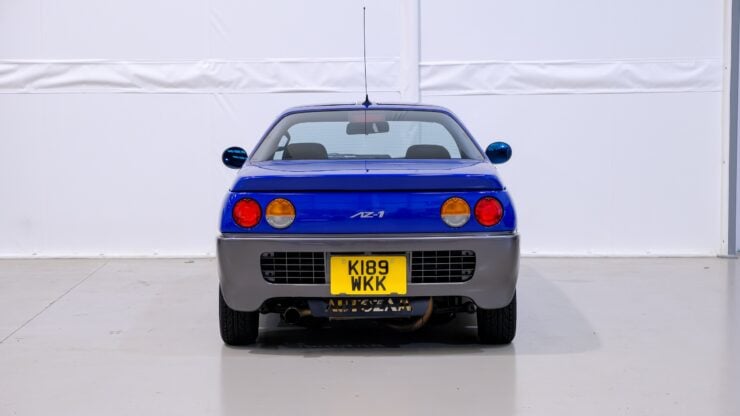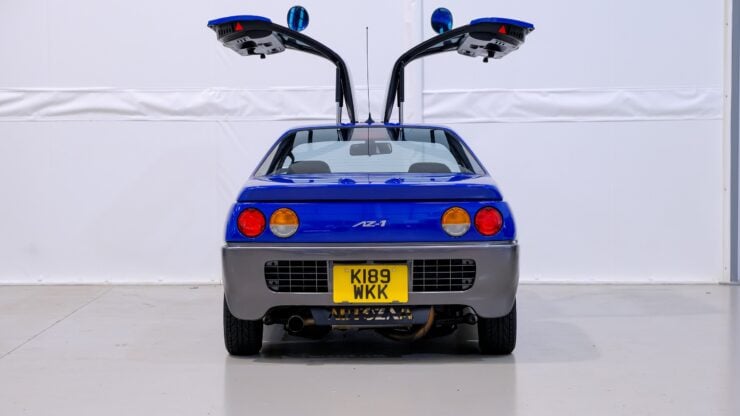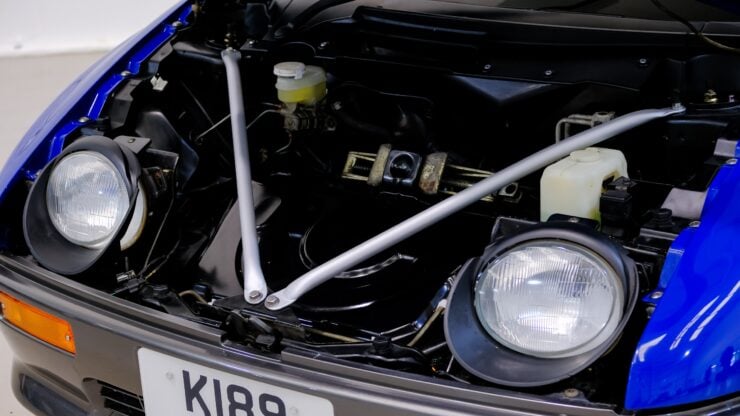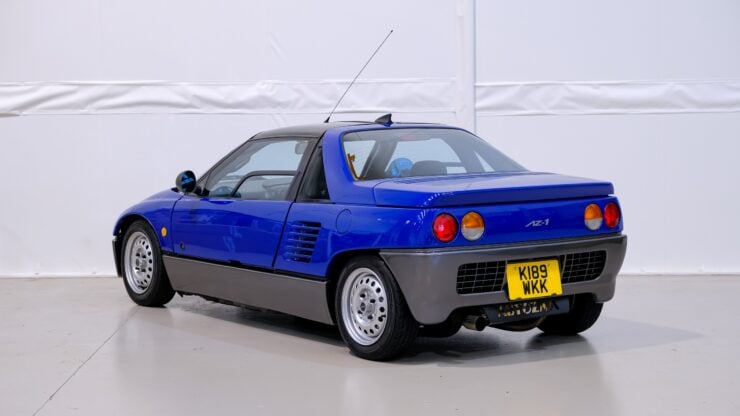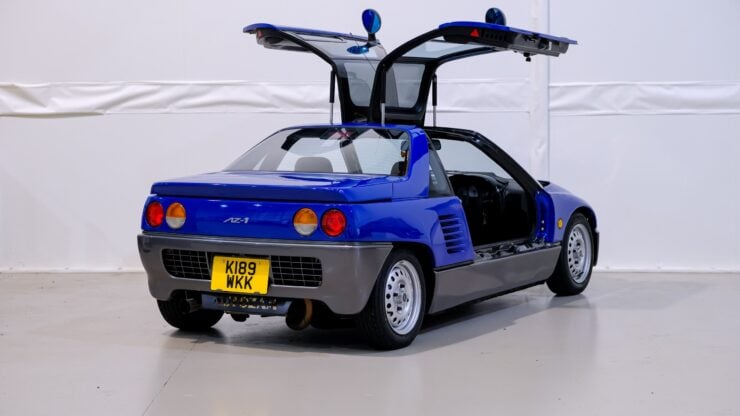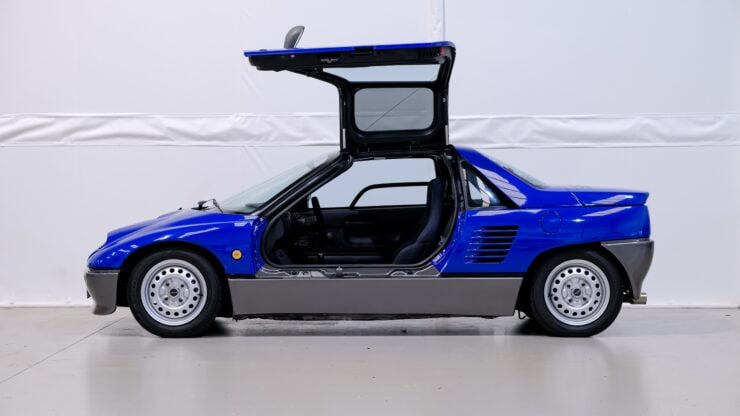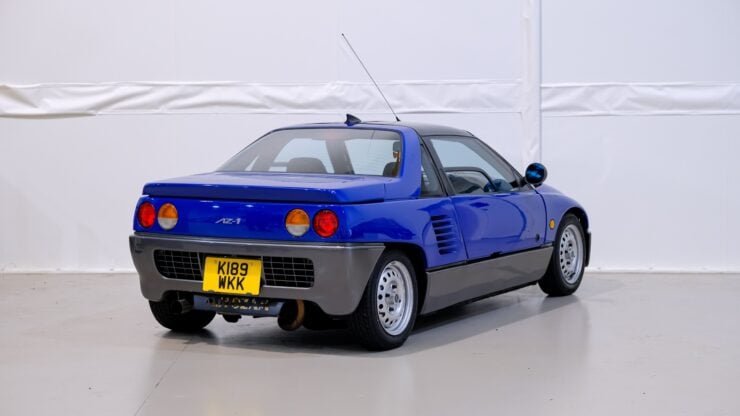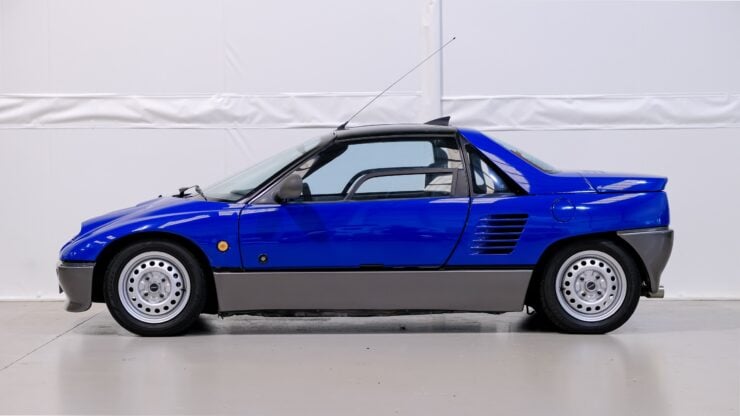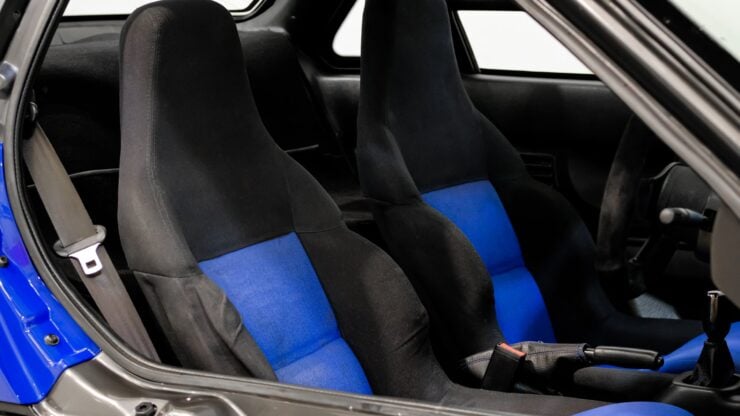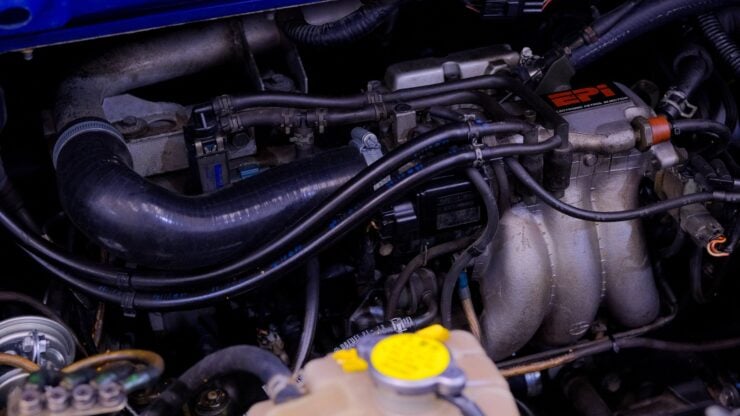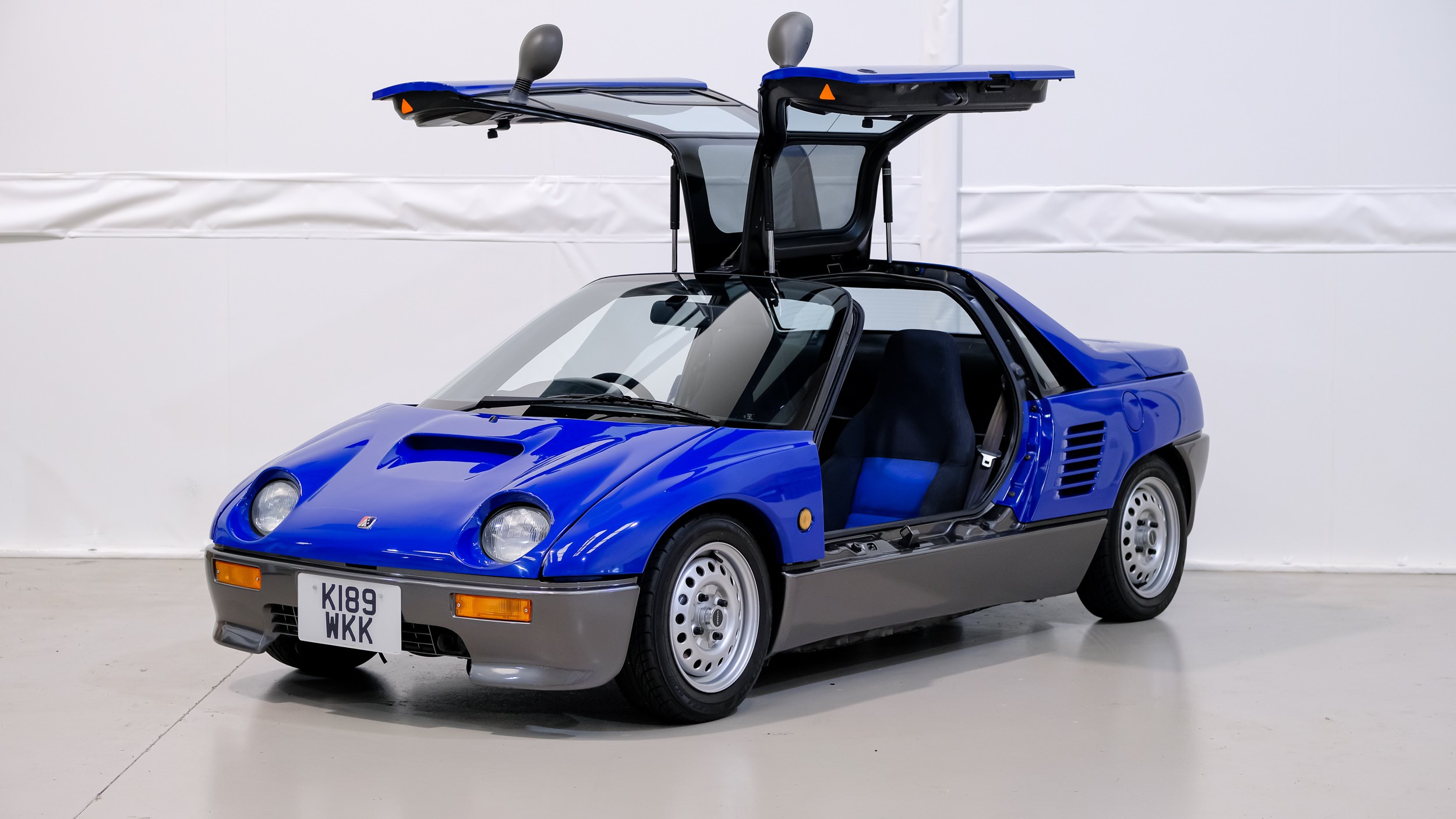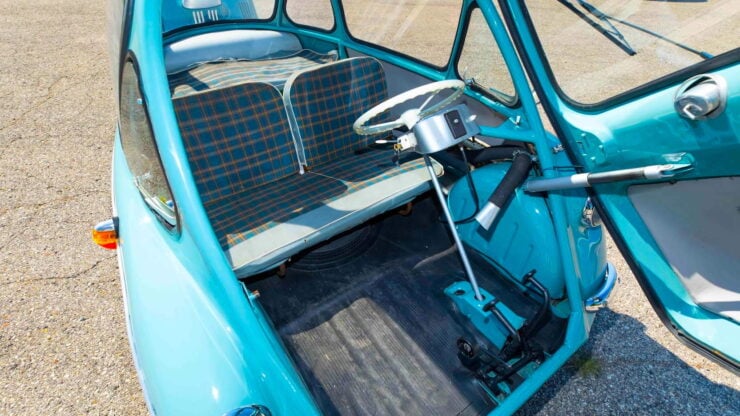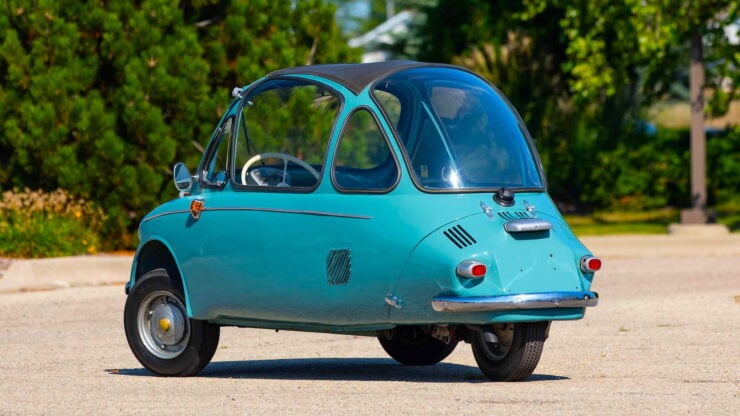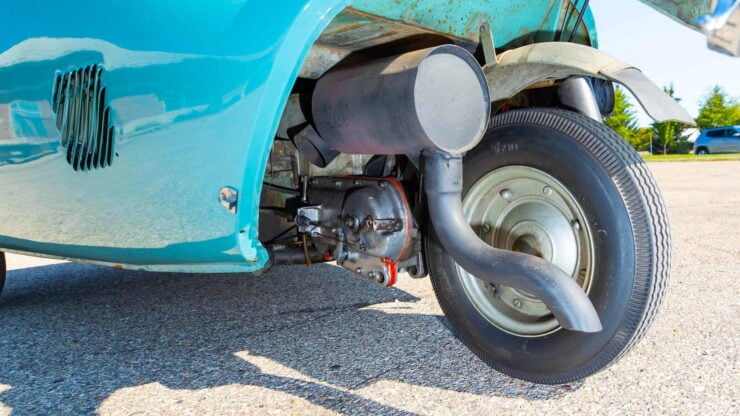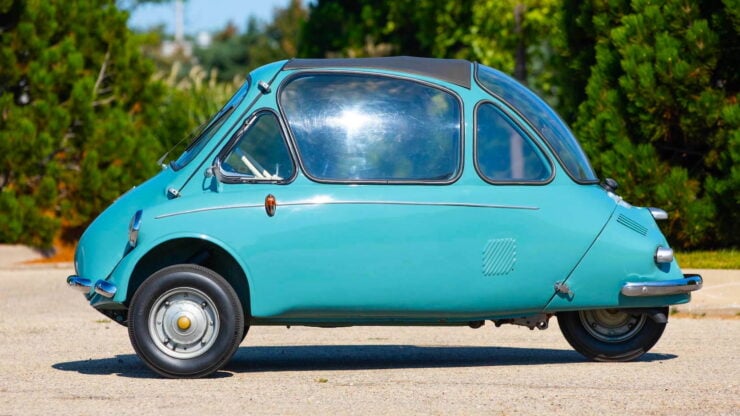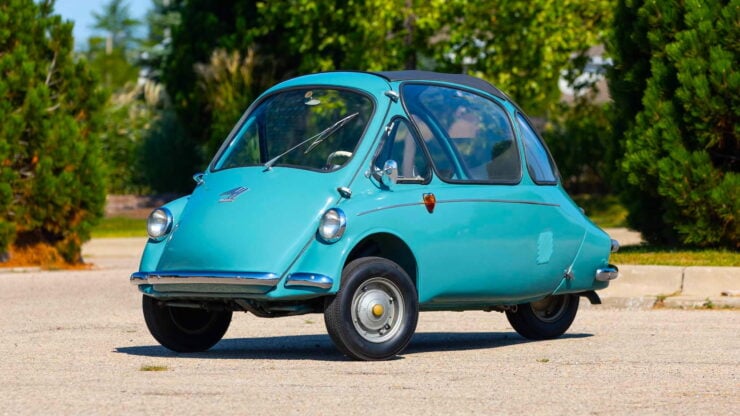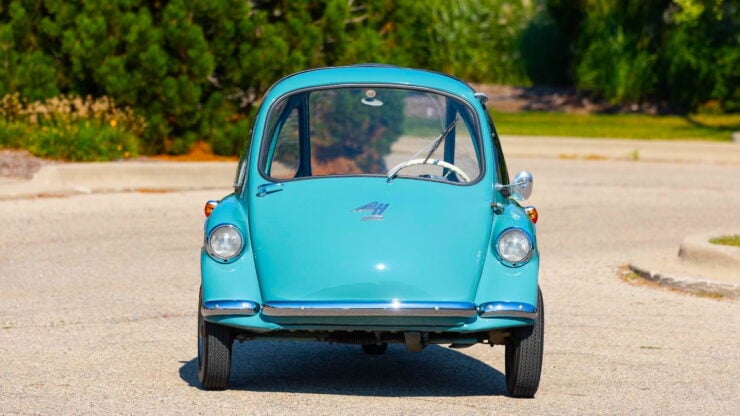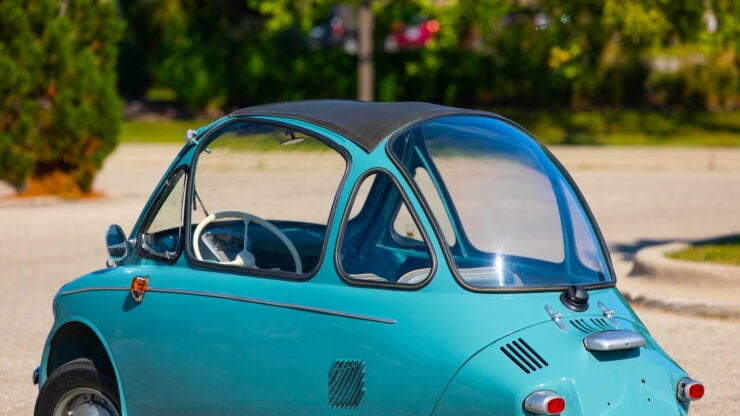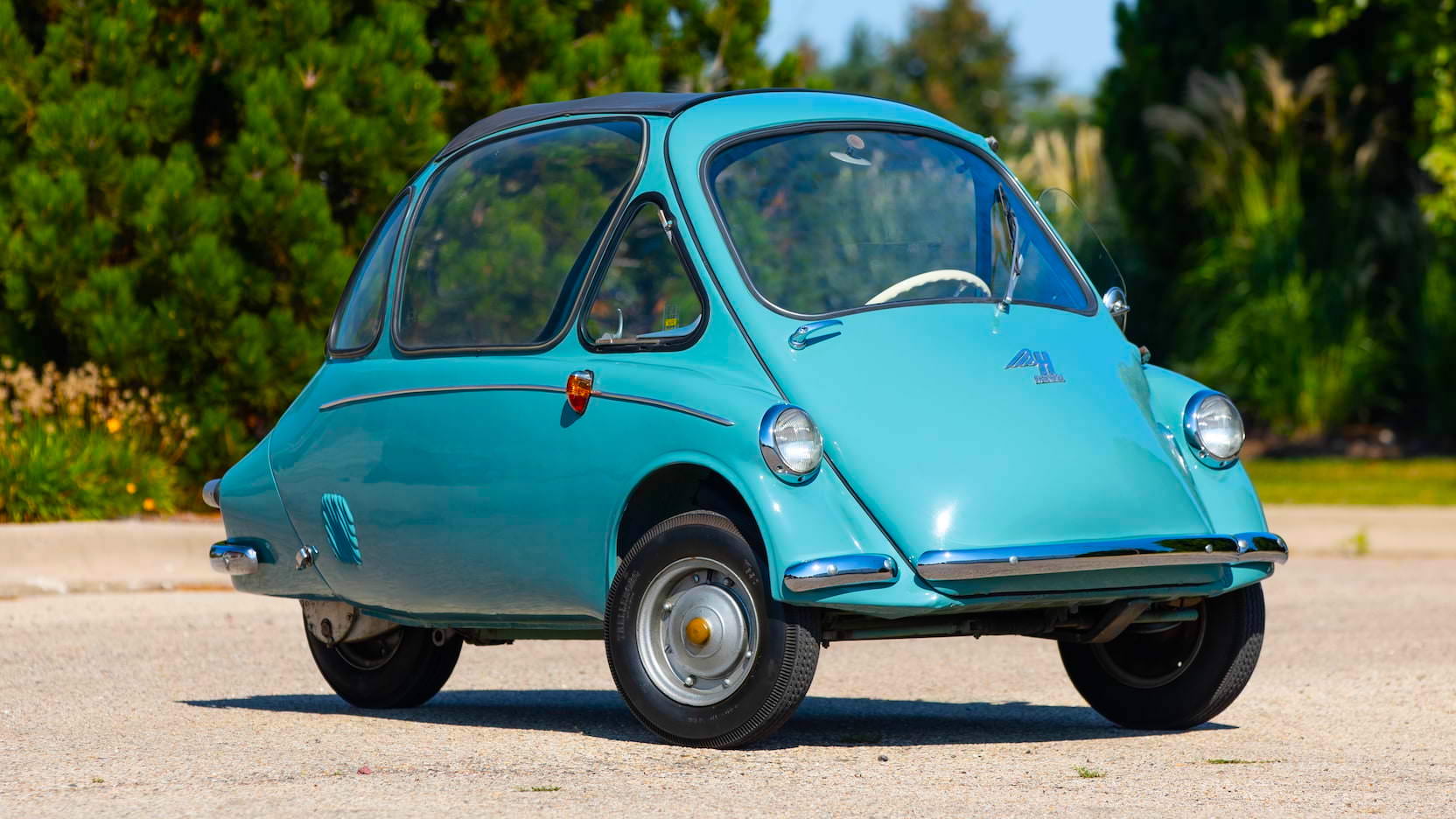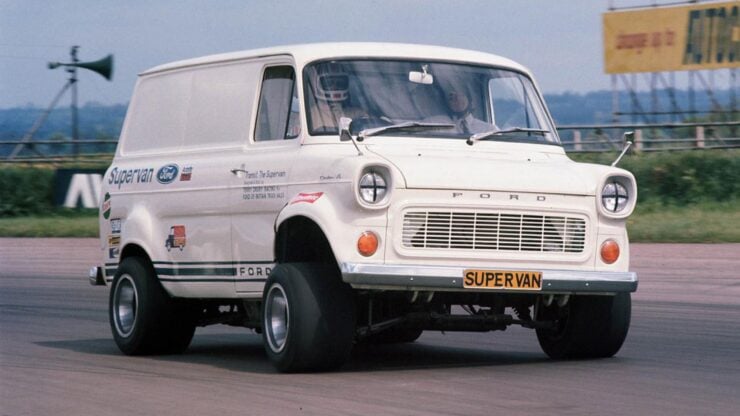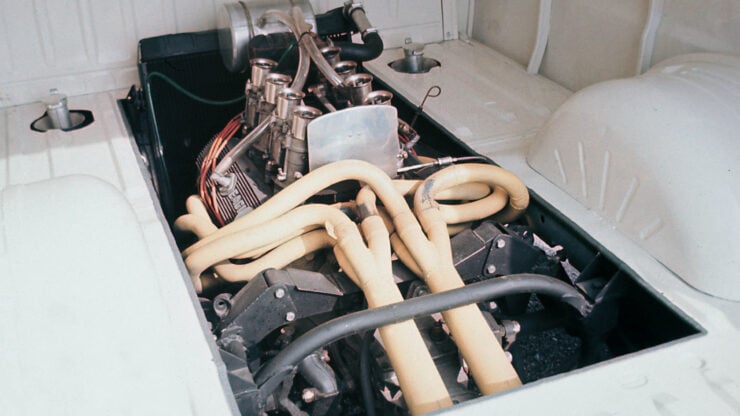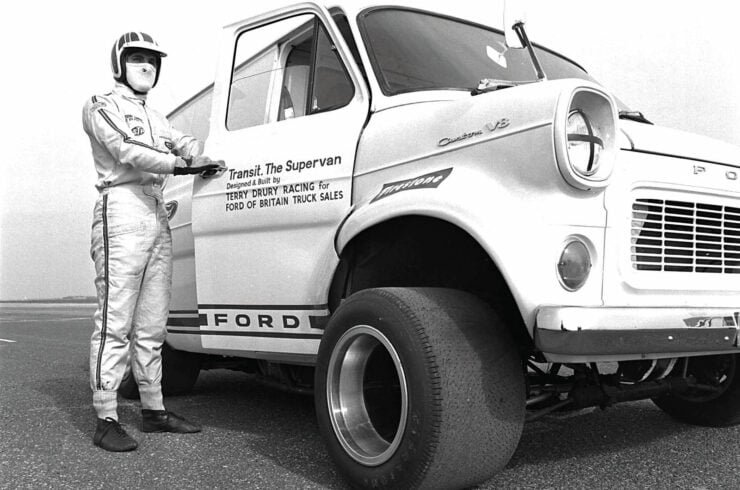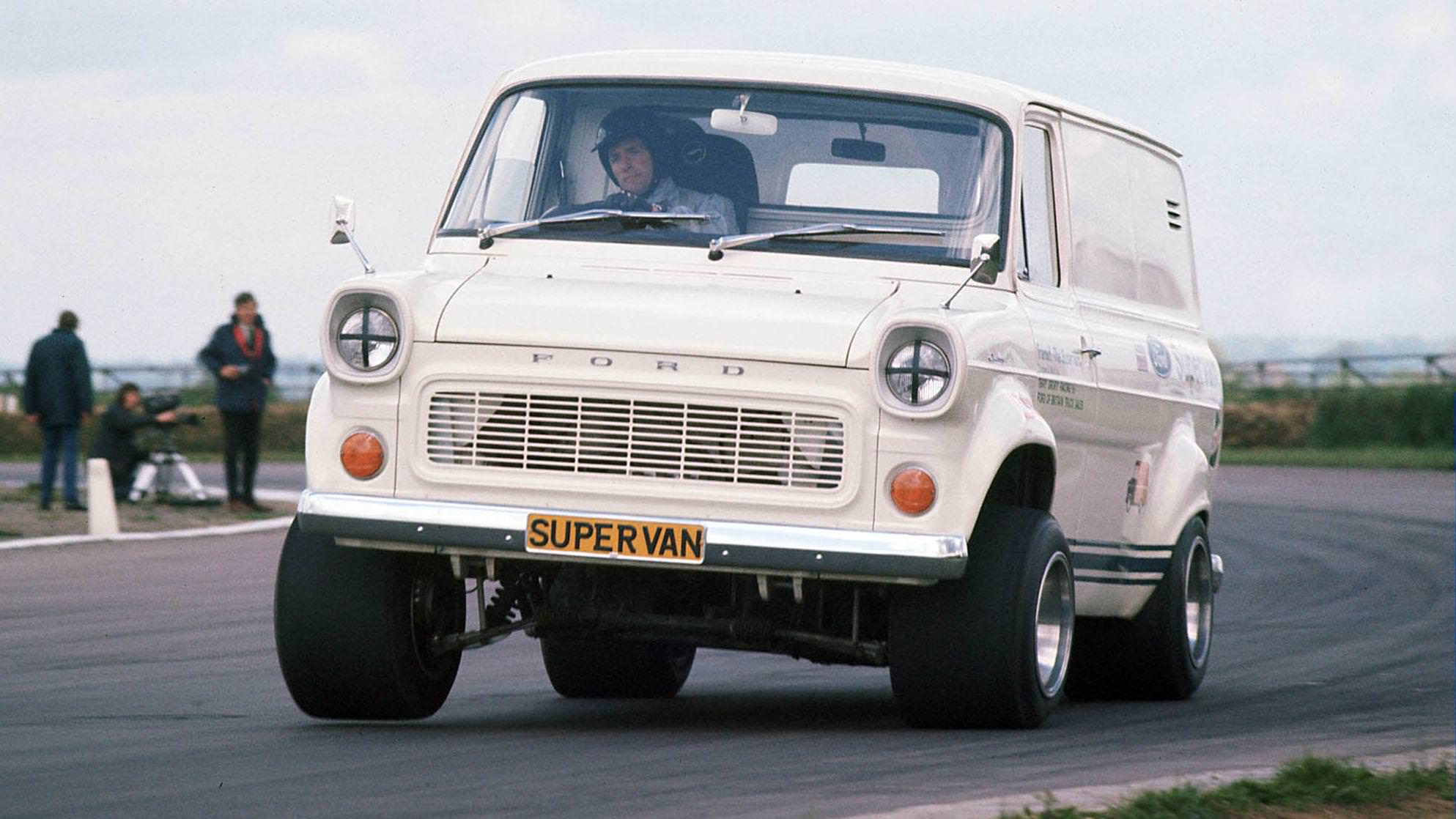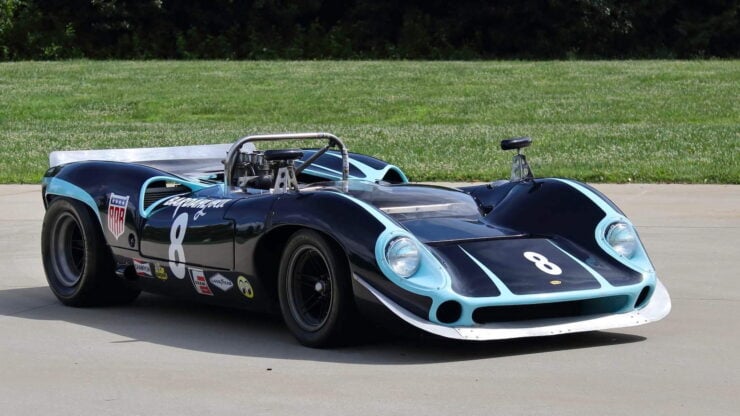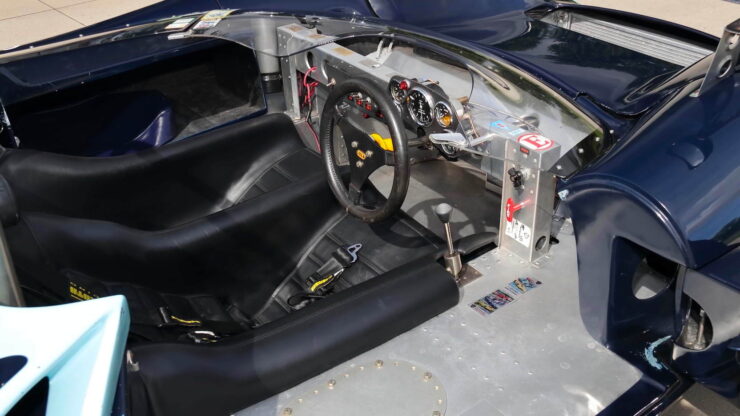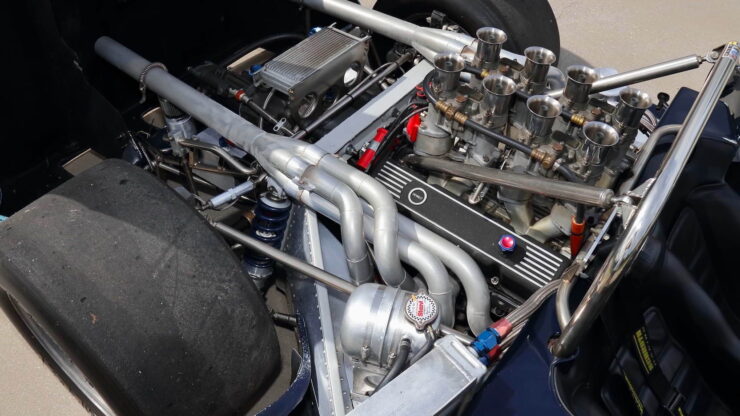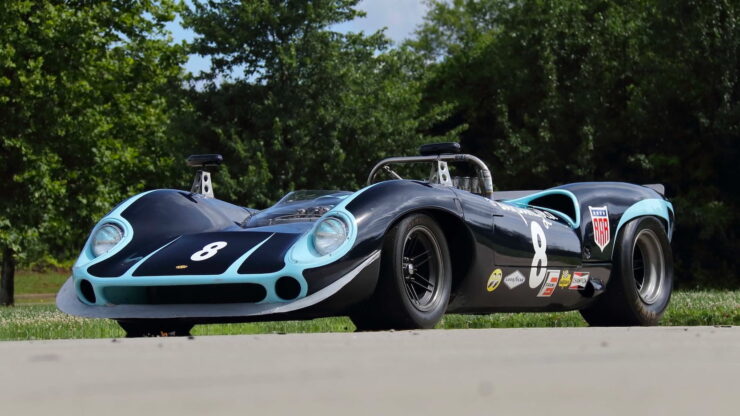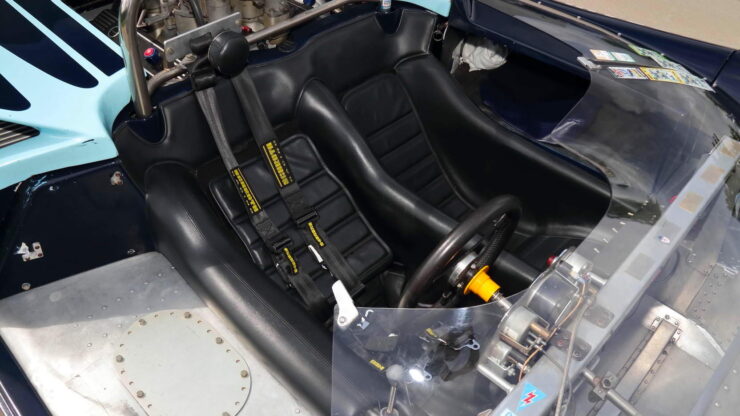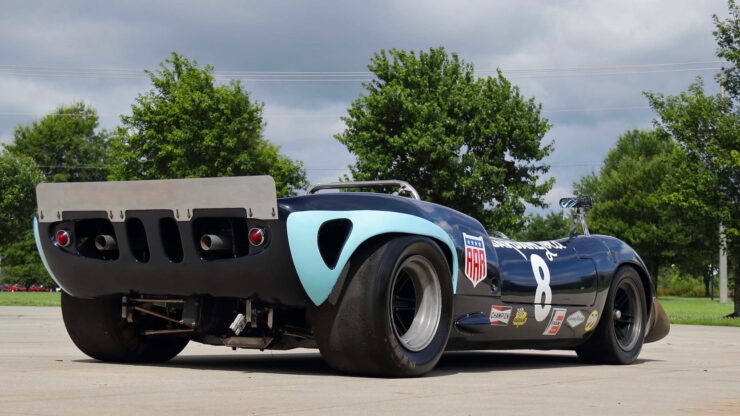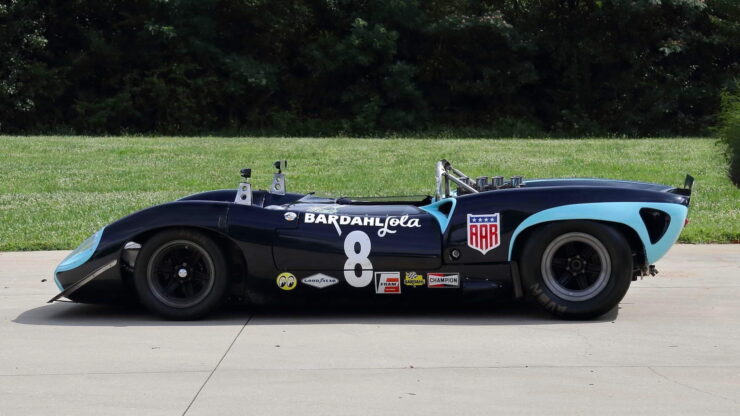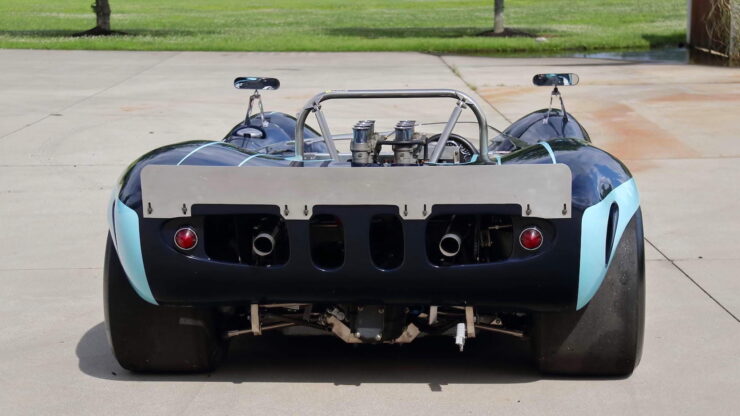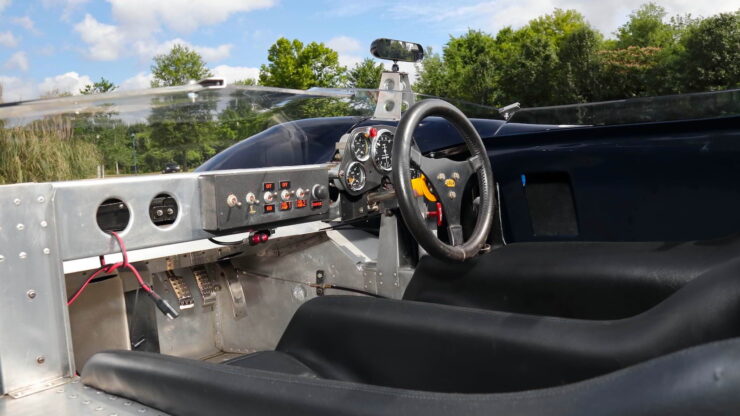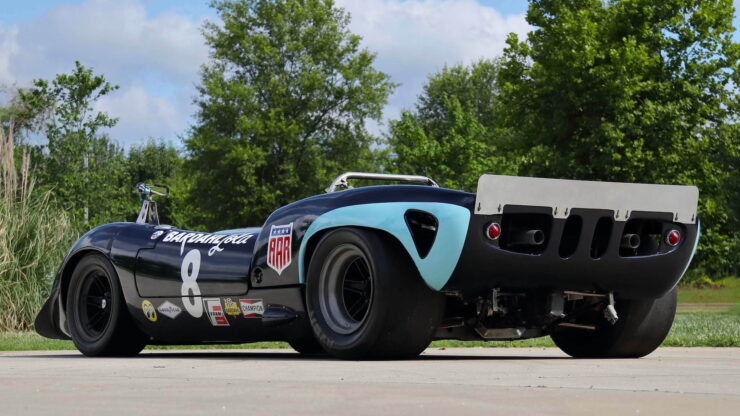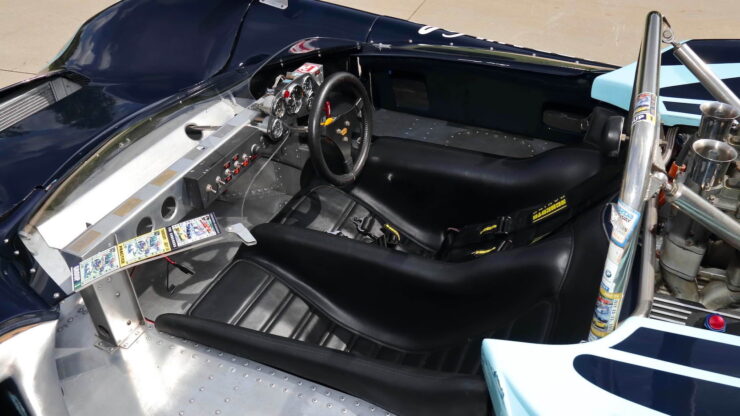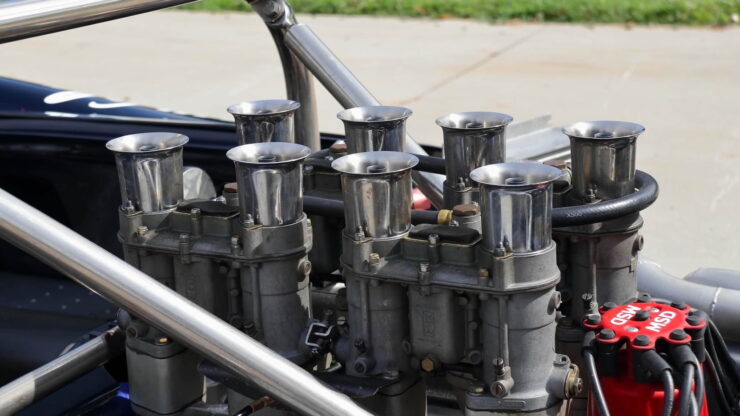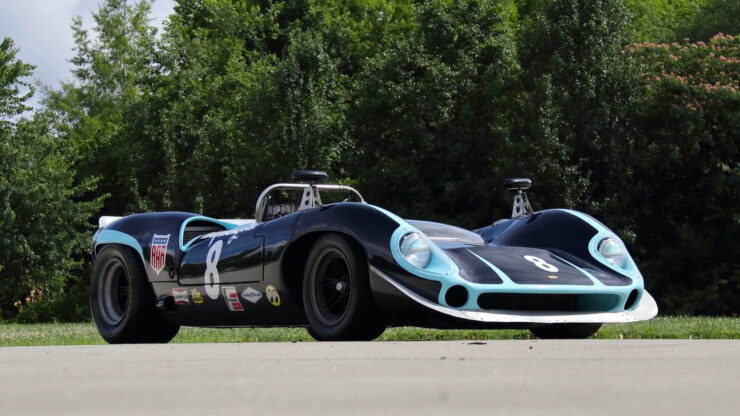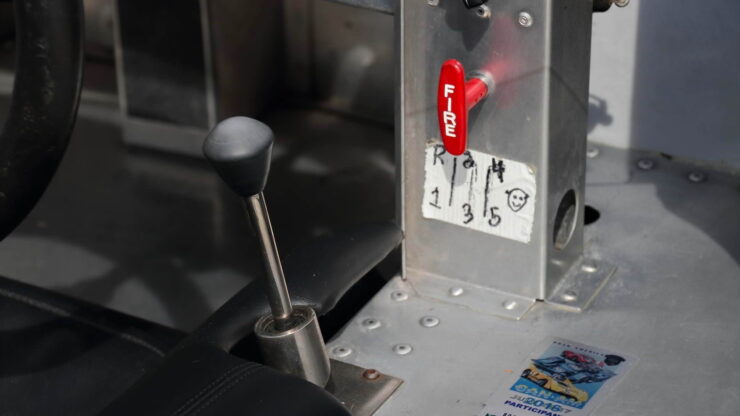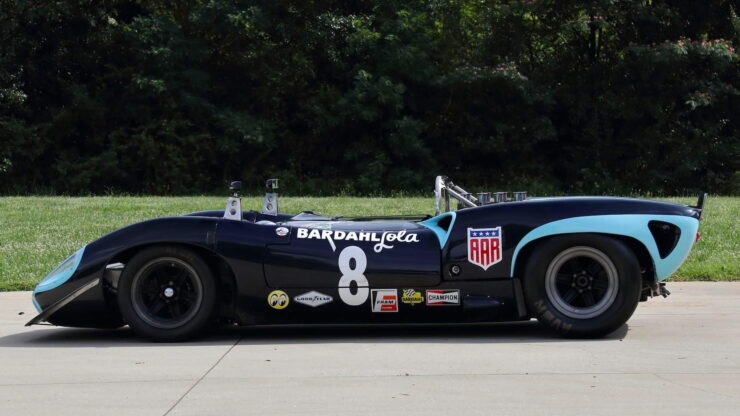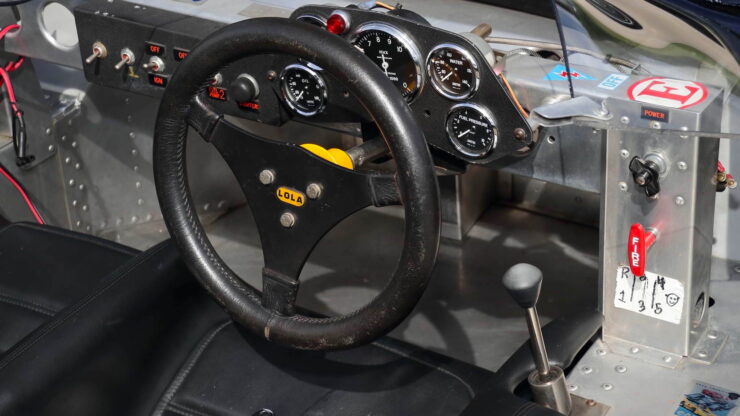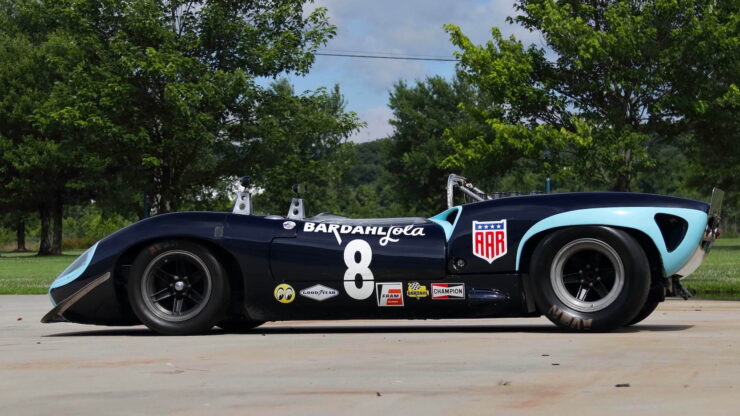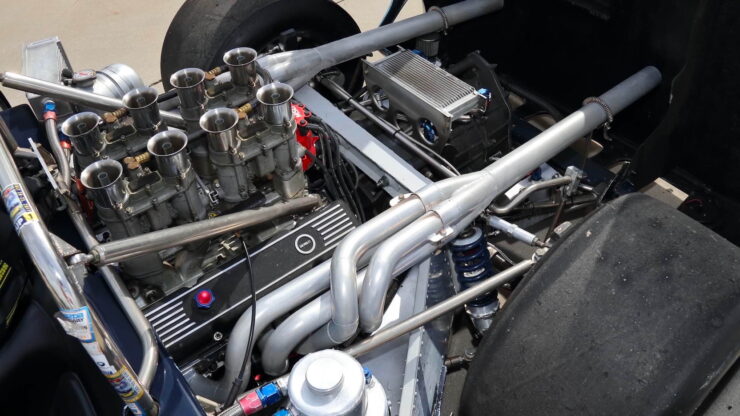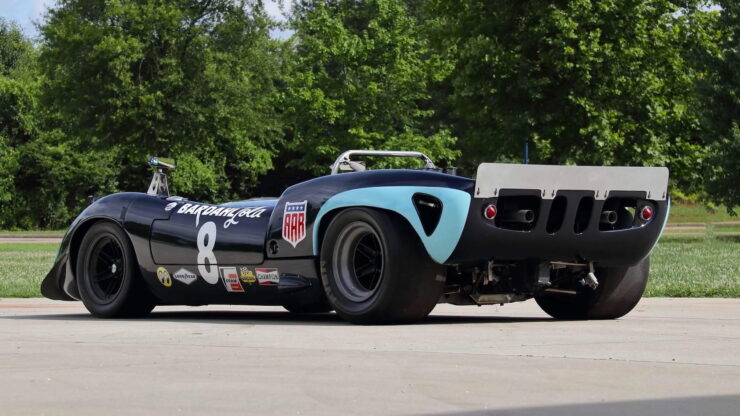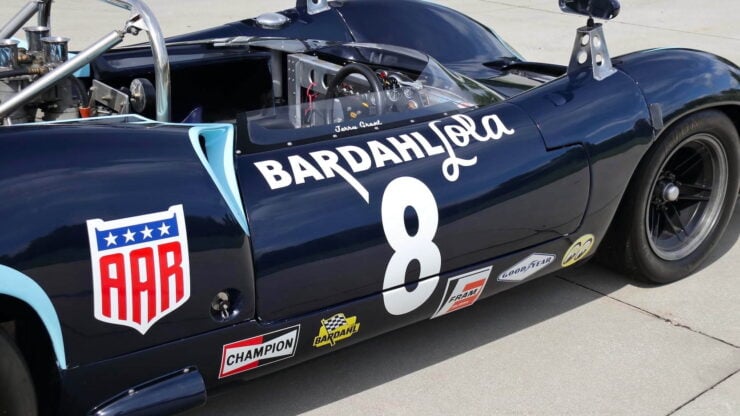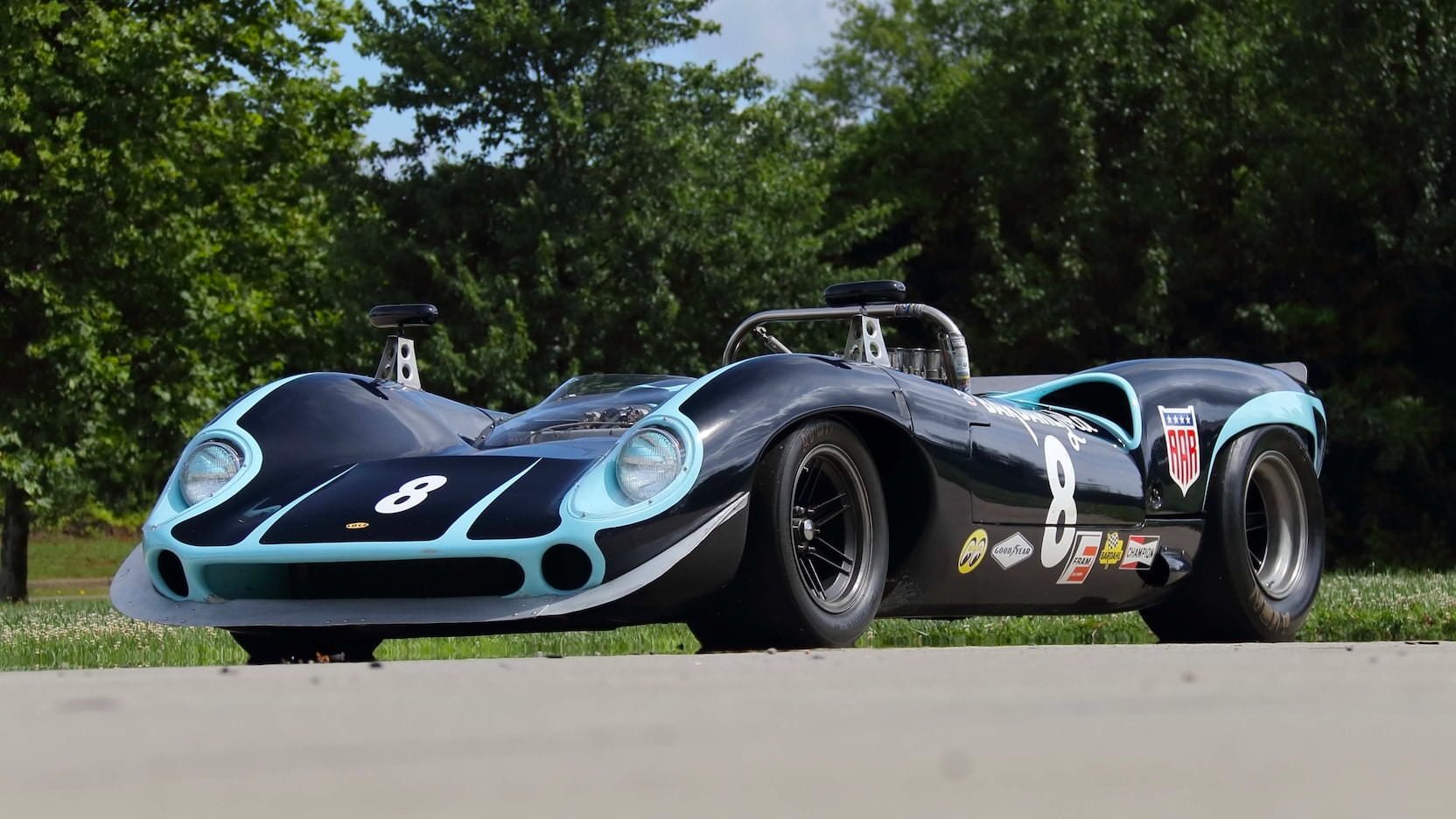The BMW 2000 CS was a member of the all-important Neue Klasse (New Class) series of vehicles introduced by the German automaker in the 1960s to turn their fortunes around and save the ailing company.
BMW had been losing money hand over fist since the 1950s but the Neue Klasse cars were designed to change that, with the modern unibody construction, overhead cam engines, and independent front and rear suspension tuned for spirited driving.
Fast Facts – The BMW 2000 CS
- The BMW 2000 CS is a sporting coupe that was introduced in 1965 with modern styling and advanced engineering for the time. Both a 2000 C and the 2000 CS were offered, with the 2000 CS offering more power thanks to twin carburetors.
- Under the hood of the 2000 CS you’ll find a 2.0 liter version of the BMW M10 engine, an inline-four with a single overhead cam and two valves per cylinder producing 120 hp at 5,500 rpm.
- The 2000 CS (and the 2000 C) were styled by Wilhelm Hofmeister, they set the trend for BMW going forwards and they had a strong influence on the BMW E9 coupe released in 1968.
- Compared to the more popular cars from the Neue Klasse series, like the BMW 2002, the 2000 CS has been largely overlooked by many collectors.
A Neue Klasse For A New Era
BMW struggled in the post-WWII years as their compatriots at Mercedes-Benz, VW, and Porsche, all seemingly went from strength to strength. It was clear that the company needed a new direction, and it needed to happen quickly as the vultures were circling by the end of the 1950s.
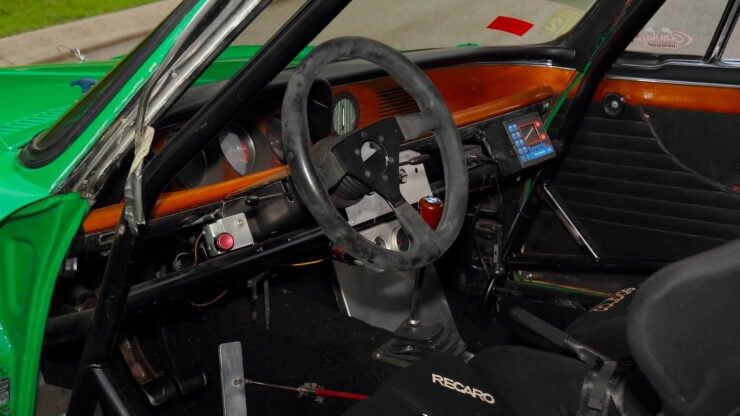
This car has been significantly modified to compete in vintage rally events like the Carrera Panamericana.
In 1960 German industrialists Herbert and Harald Quandt took a controlling interest in BMW and launched the Neue Klasse program. This program was designed to entirely modernize the automobiles made by BMW, it was led by Fritz Fiedler with Eberhard Wolff in charge of chassis design, Wilhelm Hofmeister in charge of styling, and Alex von Falkenhausen designing the engines.
The first car in the Neue Klasse family was the BMW 1500 introduced in 1961. It was a four-door, three-box sedan with a 1.5 liter engine, unibody construction, and independent suspension on all four corners. Performance was good by the standards of the time, and BMW finally had a production car for sale in the lucrative 1.5 to 2.0 liter market.
The 1500 was followed by the 1800, the 1600, and the 2000, all of which were four-door sedans with the model designation also being the engine’s approximate swept capacity in cubic centimeters.
The coupes first appeared in 1965 with the release of the 2000 C and the 2000 CS, both were powered by the 2.0 liter version of the Falkenhausen-designed, four-cylinder M10 engine with the 2000 C producing 100 hp at 5,500 rpm and the 2000 CS offering 120 hp at 5,500 rpm thanks to its twin carburetors.
The design of the front end of the 2000 C and CS has long been controversial, some love it and some loathe it. BMW seem to have heard these concerns and the front was considerably revised with the release of the E9 coupe in 1968, though the design of the E9 from the hood emblem back was very similar to the earlier 2000 C and CS.
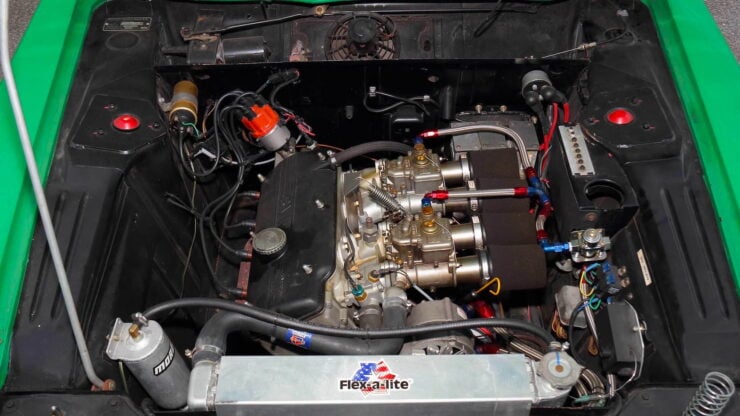
Engine modifications are aplenty, thew BMW M10 inline-four has been fitted with twin Weber carburetors and a number of other performance upgrades.
The BMW New Class vehicle family would remain in production from the early 1960s to the late 1970s, it’s no exaggeration to say that the New Class saved BMW, setting them on the trajectory they still follow today.
The BMW 2000 CS
When it was released in 1965 the BMW 2000 CS was the most desirable vehicle in the German automaker’s line-up. Powered by a high-performance version of the venerable M10 engine the 2000 CS offered sporting driving wrapped in German luxury, with surprisingly good fuel economy to boot.
The 2000 C and the 2000 CS were introduced together in 1965, the model names tell you the size of the engine, with the “C” standing for “Coupe” and the addition of the “S” on the more powerful model standing for “Sport.”
Independent suspension on all four wheels was still relatively uncommon in the mid-1960s, the 2000 CS was fitted with MacPherson strut front suspension and coil springs with semi-trailing wishbones and a cross beam that also supports the differential.
The car’s handling was firmer than many reviewers expected, particularly when compared to the company’s earlier sporting coupes like the BMW 503. Overall the 2000 C series cars received good marks for handling, and the later BMW E9 would go on to have significant successes on the race tracks of Europe.
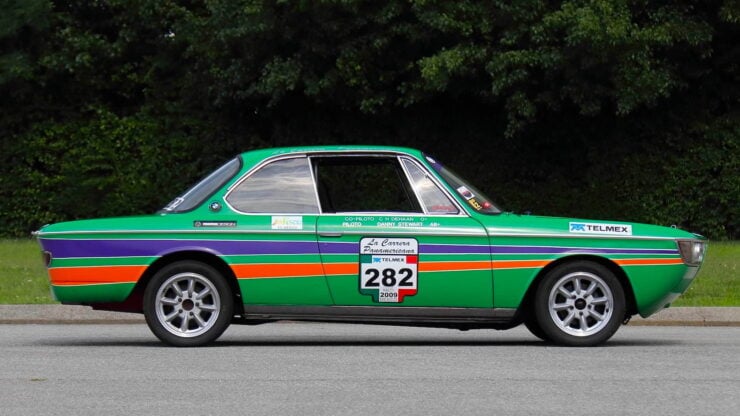
The side profile of the car is immediately recognizable as a BMW, and design cues from this car would be used on many future models.
The 1969 BMW 2000 CS Race Car Shown Here
The 2000 CS you see here clearly been modified significantly from its original condition, it’s been given a slew of performance upgrades and turned into a vintage race car to compete in the Carrera Panamericana.
The Carrera Panamericana is a modern version of the legendary 2,000+ mile road race from the 1950s, a race that was so dangerous it was cancelled after just four years in 1954 after 25 deaths in total.
The modern Carrera Panamericana is run as a stage race, similar to the original, but with a combination of “speed” stages and “transit” stages. Speed stages are timed, closed-road races that require entrants to get from point A to point B in the shortest amount of time. This requires driving flat out along winding mountain roads that pass through small villages, along cliffs, and through wooded sections of forest.
This BMW raced in the Carrera Panamericana twice with Danny Stewart as driver and C.H. DeHaan as co-driver. It’s now fitted with a full roll cage and a mostly stripped out interior, with Sparco Pro 2000 racing seats, a Terratrip rally computer, alloy wheels, Toyo tires, a bumper delete, and a significantly modified engine that now breathes through twin side draught Weber carburetors.
The car is due to cross the auction block with Mecum in mid-October, if you’d like to see more or register to bid you can click here to visit the listing.
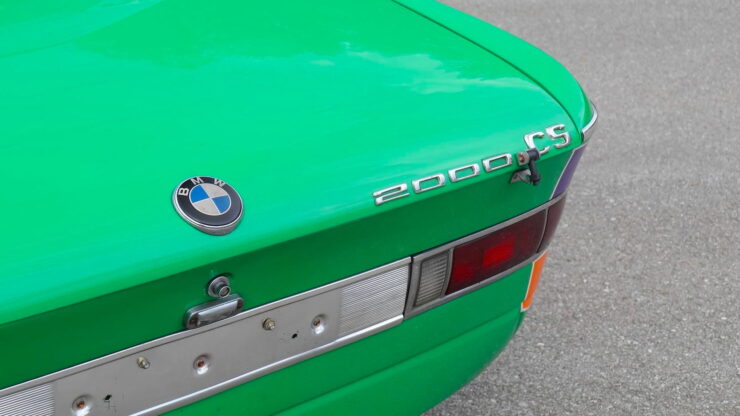
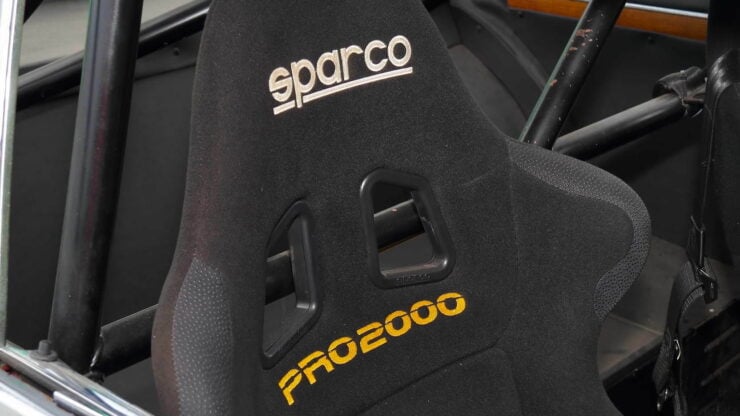
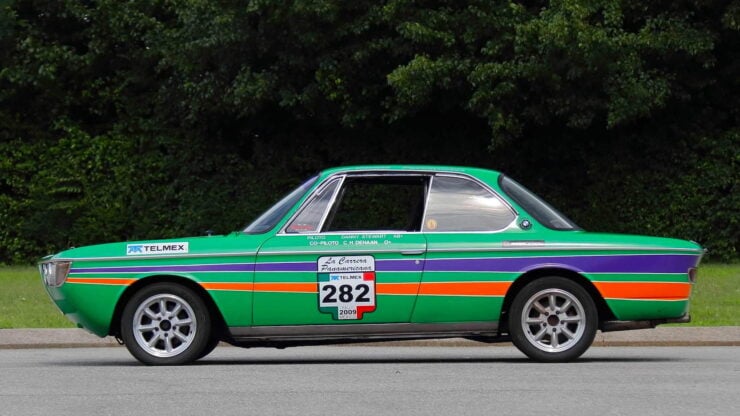
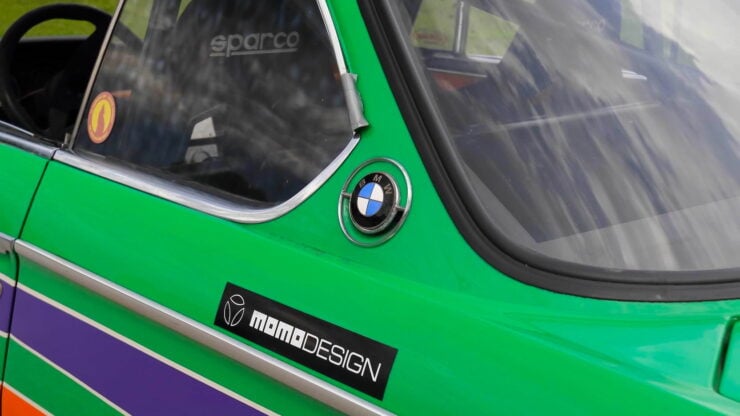
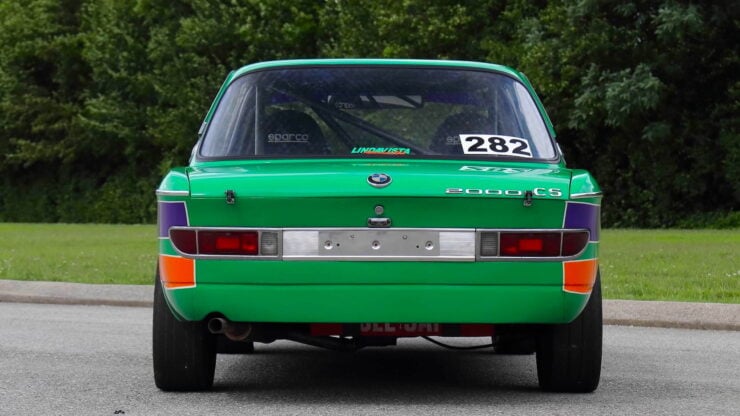
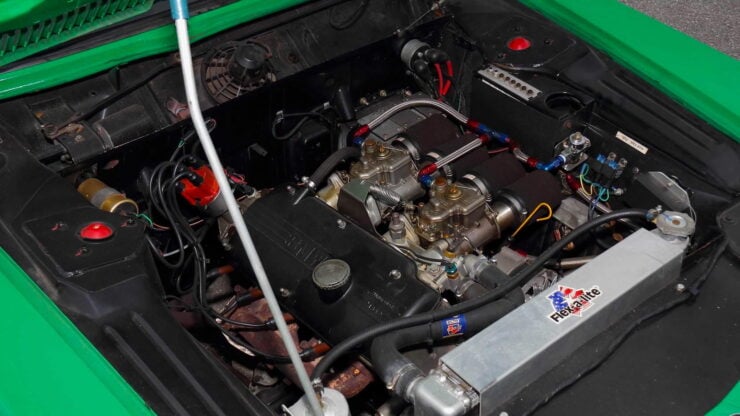
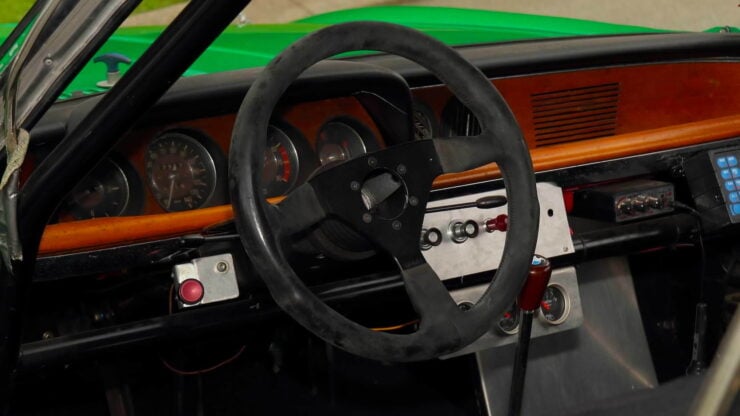
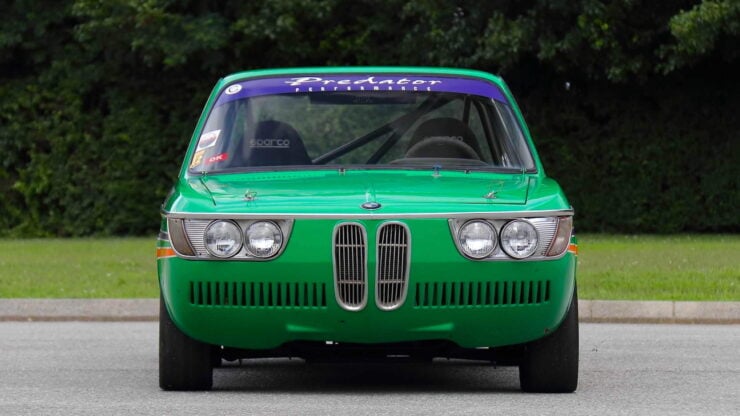
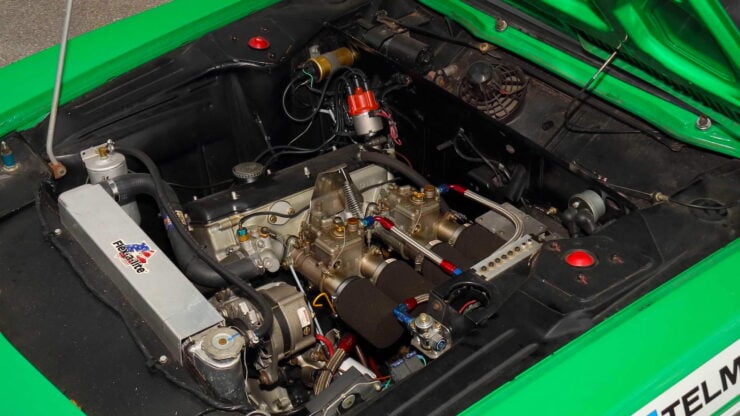
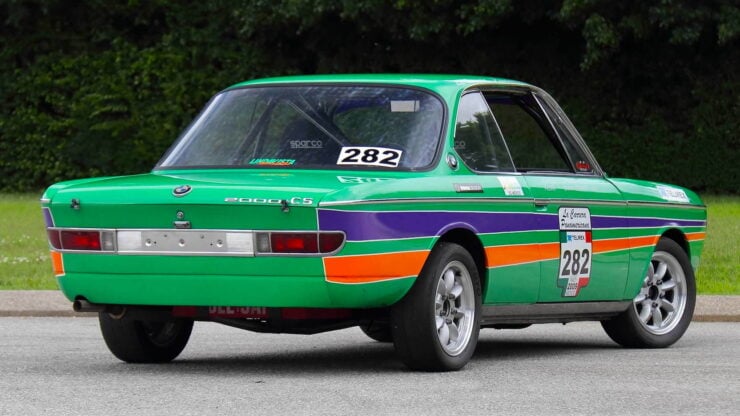
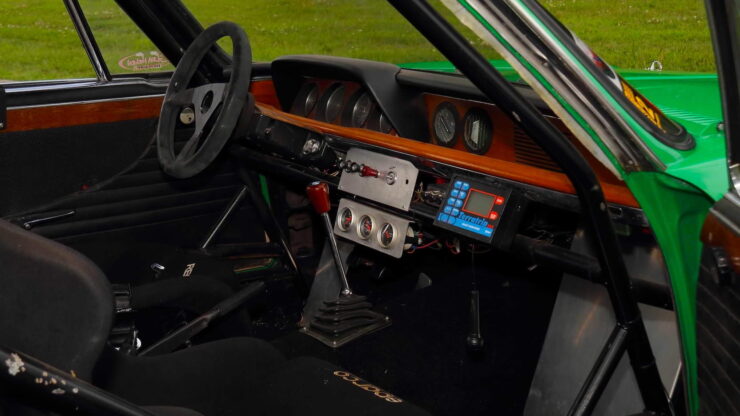
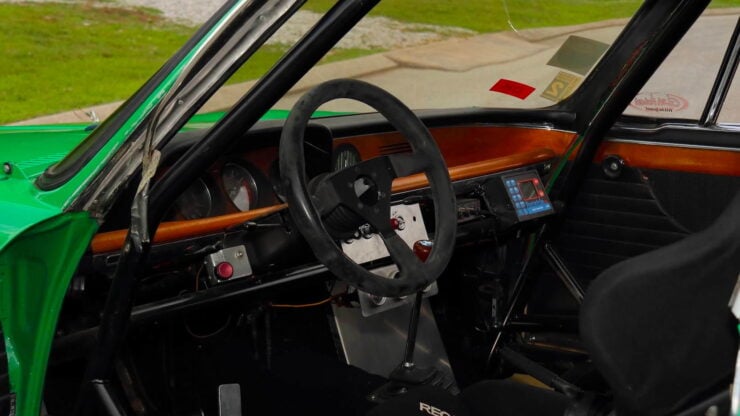
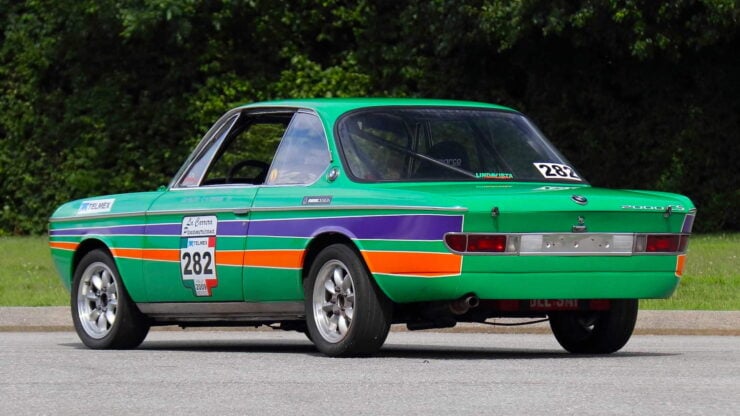
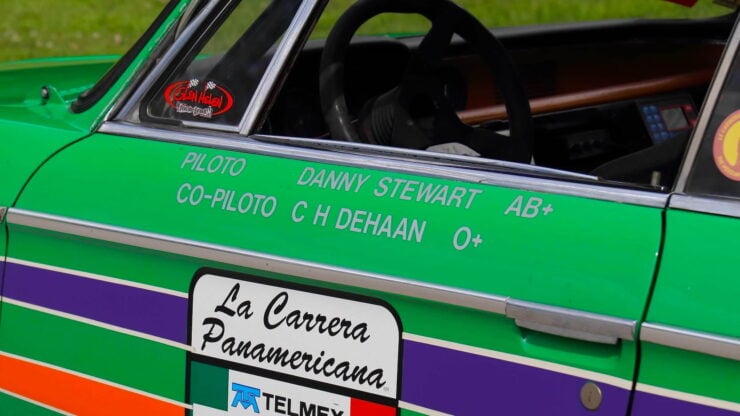
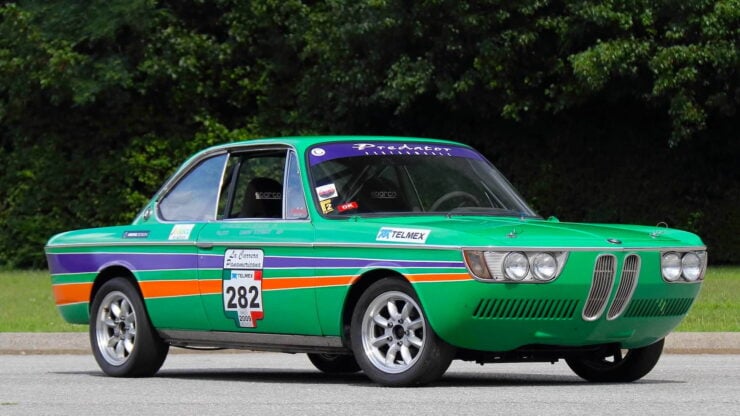
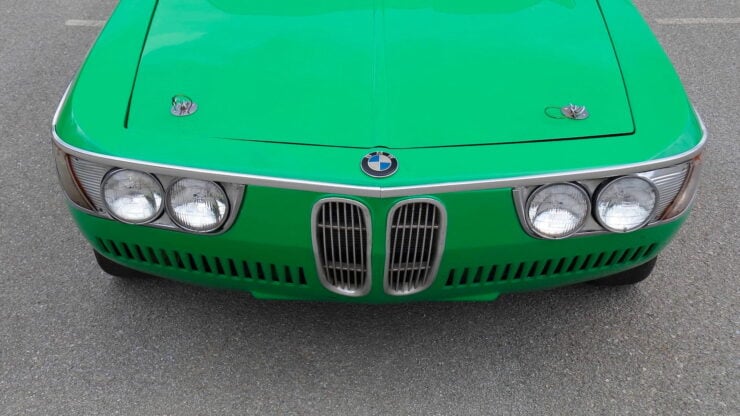
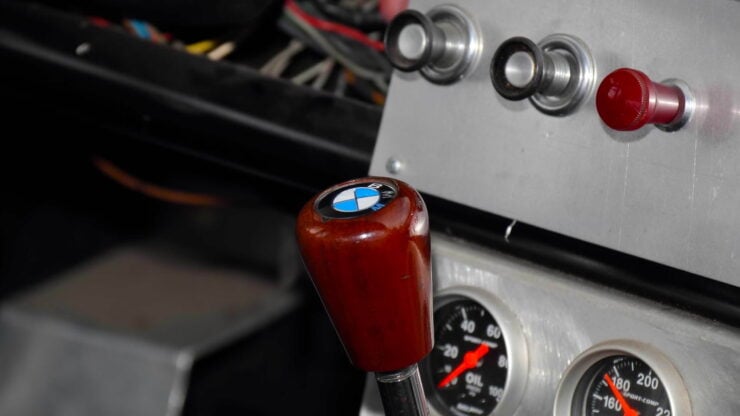
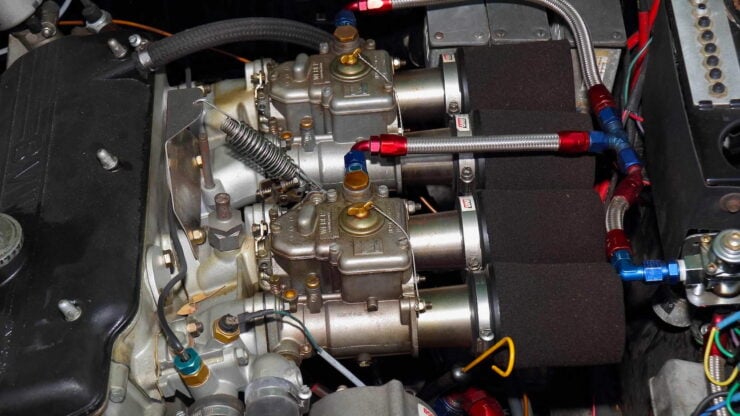
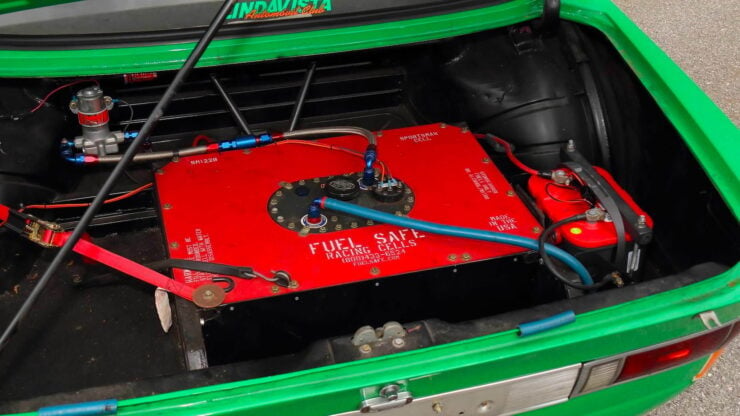
Images courtesy of Mecum
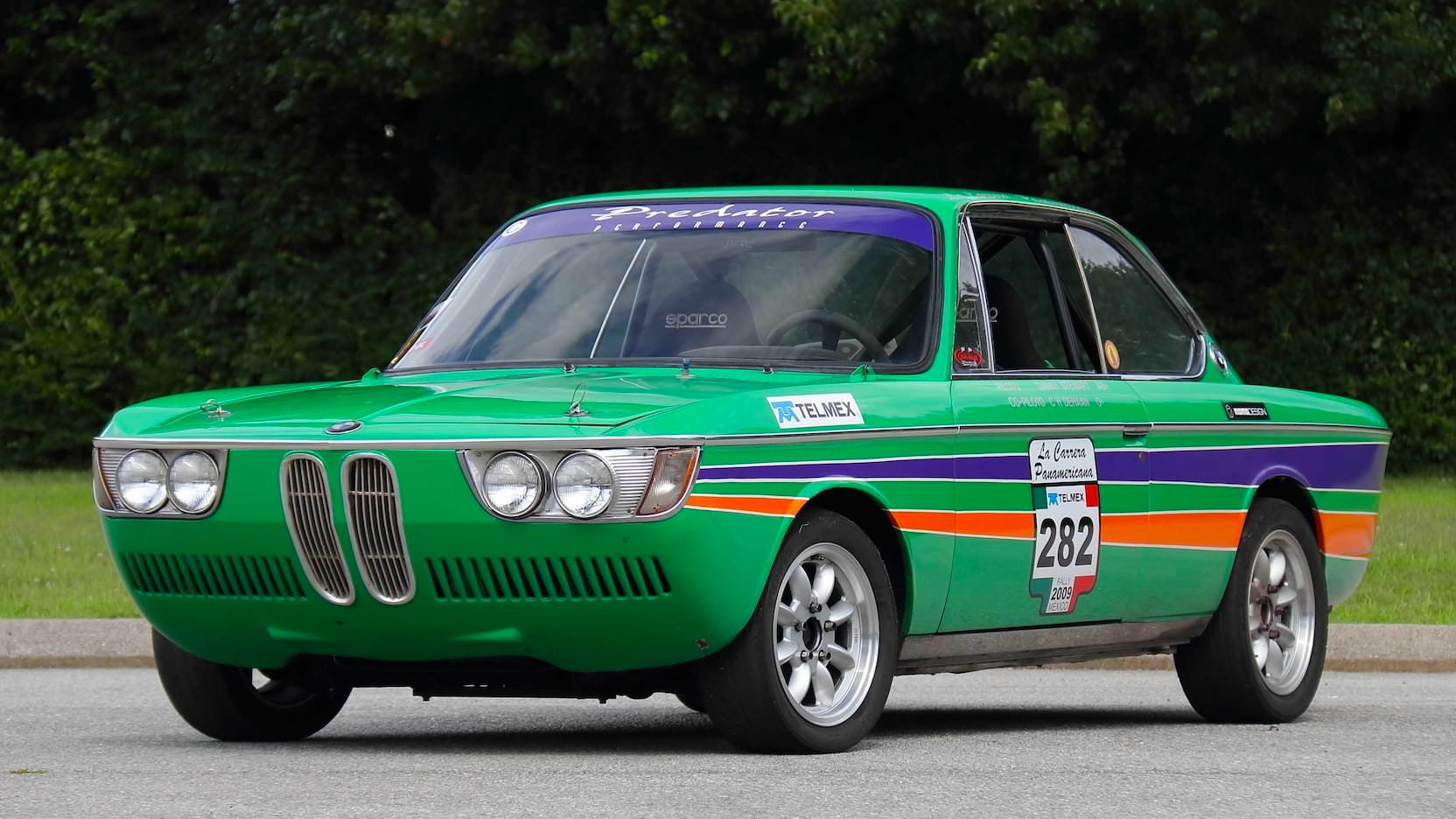
The post The Controversial-Looking BMW 2000 CS: A Neue Klasse GT appeared first on Silodrome.
from Silodrome https://silodrome.com/bmw-2000-cs-car/
via gqrds
